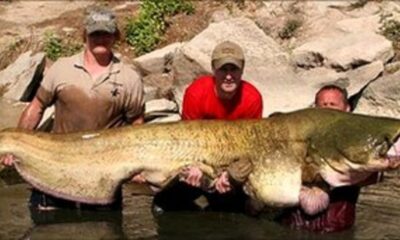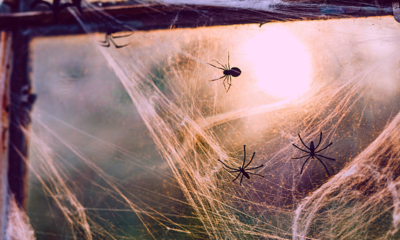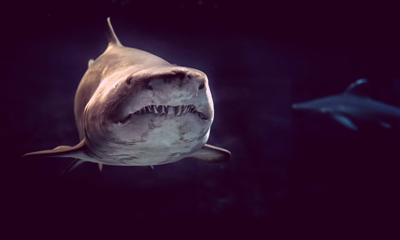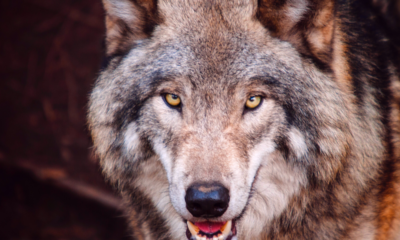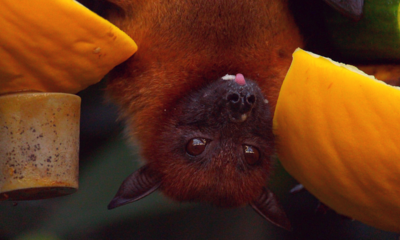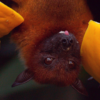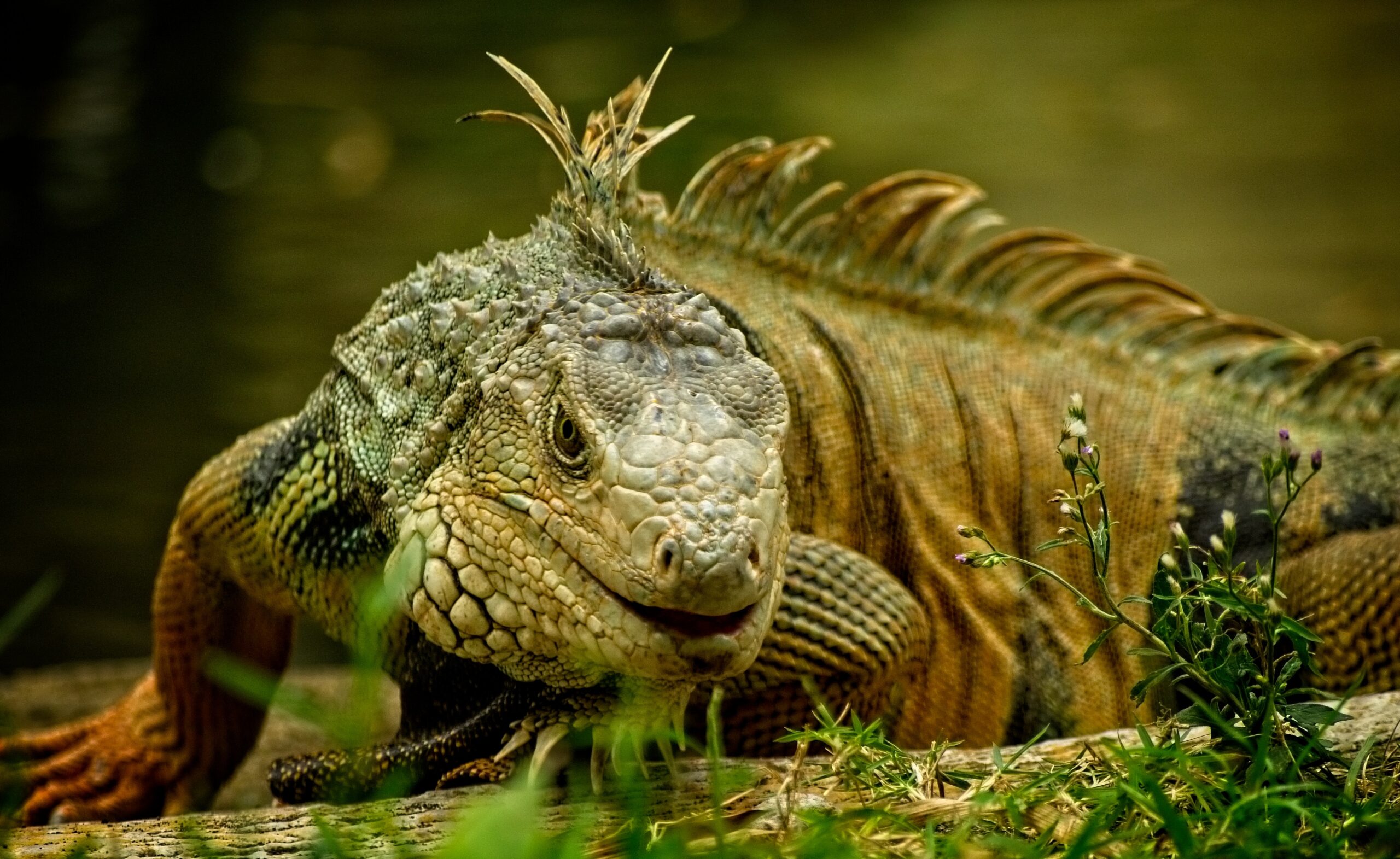
Animals
10 Biggest Lizards In The World
One of the biggest and most diverse reptiles present on earth, the lizards are found on all continents except for Antarctica since the region has extremely harsh weather conditions throughout the year.
To many people, lizards are bizarre-looking creatures and these creatures are considered scary and troublesome since they have absolutely expressionless faces. Their claws, teeth and protruding tongues at their prey make them queerer.
Although most of the lizards cause no harm to humans, there are certain species that can even kill people. If not kill, these lizards are capable of making people severely ill and even cause mild levels of pain among humans! Still planning to pet some of these lizards? Prep yourself as quite a handful of these lizard species are aggressive and highly venomous.
Did You Know?
Most lizard species are harmless to humans. Only the very largest lizard species pose any threat of death. It is very interesting to note that humans even pet many species to these lizards while in several parts of the world, they are even eaten as food!
Here is a list of the 10 biggest lizards in the world.
10. Gold Tegu
Weight: 8.8 lbs
Length: 3 feet
With a strong inclination towards small animals that they can easily overpower, the Golden Tegus are considered hardy beasts. They are very undiscriminating while choosing their foods and prey and are considered one of the most ruthless predators of all time. They run after their prey, catch hold of it in their strong formidable jawsa nd gulp them down their throats.
Golden Tegus can make a great pet if the proper care is taken and knowledge is obtained. Despite being famous for their aggressive behavior, the Gold Tegus can even be tamed! With proper care and handling, these creatures can be calmed.
Did You Know?
When compared with other types of Tegus, the Golden ones, in particular, are quite difficult to tame.
9. Argentine Black and White Tegu
Weight: 15 lbs
Length: 4.5 feet
Going by the scientific name Tupinambis merianae, this lizard is very huge and has its origins in Argentina, Brazil and Uruguay. With a length of 4.5 feet, the Argentine Black and White Tegus are generally calm and easy to handle.
Although these lizards, like all others, start out small, they grow very fast. If they are handled in the proper way, they turn out to be fairly docile as adults. However, when they are eating, they become very aggressive and do not like anyone interrupting them.
Did You Know?
The Argentine Black and White Tegu is considered a legal pet in Georgia. However, to release them into the wild is considered an illegal activity that attracts punishment!
8. Rock monitor
Weight: 18 lbs
Length: 4.11 feet
At 4.11 feet long, the rock monitor lizard is found in southern Africa. It is also popularly known as the legavaan or the white-throated monitor. Having the heaviest body, this lizard is the second largest lizard found in Africa.
While all other species of lizards have a normal tongue, this one on our list has a forked tongue, like that of a snake! Using a special organ in its mouth called the Jacobson, this lizard flicks its tongue in and out to smell and sense the organisms near it for a good breakfast, lunch and dinner.
During an attack by any other animal, the rock monitors act like they are dead to save themselves from being eaten. This technique is known as thanatosis and is performed so that the attacking animal loses interest. Once the other animal goes away, the rock monitor slowly moves away and hides itself in its burrow!
Did You Know?
The rock monitor is prone to tick infestations of the nostrils and nasal passages. In some circumstances this can be so bad that it actually causes death.
7. Bengal Monitor
Weight: 15.8 lbs
Length: 5.7 feet
Bengal monitors or common Indian monitors occur across much of southern Asia. This lizard has a lot of superstition attached to its name. While some people are of the opinion that eating the meat of this lizard would provide them superhuman strength and virility, others believe that it is very preposterous and can even kill cattle.
Several times during the day, these lizards stand up on their feet and grasp a view of their surroundings or to check males fighting males. These lizards are good swimmers and can stay submerged for a whopping 17 minutes!
The Bengal monitor lizards are very shy to human presence and even when they are caught by people, they very rarely bite them. These lizards have very sharp eyesight and can detect anyone from as far as 250 metres.
Did You Know?
According to a legend, these monitor lizards were used by Maratha general Tanaji Malusare to scale the wall of a fort. However, over time, this story has lost its essence and people say that he used not one but several of these lizards to get his armies over fort walls.
6. Green Iguana
Weight: 20 lbs
Length: 4.9 feet
At a whopping 4.9 feet long, the green iguana lizards live high up in the trees. These arboreal creatures has a row of spines attached to its upper body and this portion has a variety of different textures. These textures are called ‘dewlap,’ and this makes the green iguanas look like a miniature dragon.
Weighing as much as 9 kilograms, these huge lizards are found across south and central America. Because of their long sharp claws, these lizards are considered to be excellent climbers. The green iguanas like to make a habitat near water and have even been seen diving into the water right from tree branches as high as 40-50 feet!
Did You Know?
Iguanas are able to hold their breath for up to 30 minutes! besides, Iguanas store large amounts of fat in their lower jaw and neck area in order to survive times of famine.
5. Nile Monitor
Weight: 33 lbs
Length: 7.3 feet
The Nile monitor is a large lizard that can grow to more than 5 feet long. Its body is gray-brown and marked with bands of lighter-colored spots with speckles between them. Their tails are usually 1.5 times the length of their bodies and are shaped like a rudder to aid in swimming.
These lizards are often found relaxing on tree branches and rocks and even near water. Usually active during the day, the Nile monitors, they may sleep on branches or be submerged in water in warm weather or retreat to burrows in cooler weather at night.
This lizard is the largest lizard species in Africa and can grow to be as long as 6.5 feet. With a weight 17.8 pounds, the biggest enemy of these lizards is the eagle, which carries away their infants weighing almost 4 kgs.
Did You Know?
These Nile monitors are notorious for ransacking unattended crocodile nests for their eggs. Sometimes, a group of these lizards get together and provoke a female crocodile away from its nest while one of the lizards quickly runs to steal the eggs!
4. Asian Water Monitor
Weight: 43 lbs
Length: 6.6 feet
Native to south and south-east Asia, the Asian water monitor is a huge lizard and is counted among the largest reptiles in the world. They have large and muscular bodies and their tails are even more powerful and compressed.
On their underside, these lizards have dark brown and brackish coloration. However, this coloration fades as these lizards grow older. This particular species of lizards is also known for yellowish edges extending from its eyes.
These lizards have a very wide distribution from India, Bangladesh, Sri Lanka, Myanmar and Thailand, Cambodia, Laos, Vietnam, the Chinese Guangxi and Hainan provinces, Malaysia, Singapore to the Sunda islands Sumatra, Java, Bali, Borneo, and Sulawesi.
Did You Know?
One such astonishing water monitor was found in Sri Lanka which measured a whopping10.5 feet long!
3. Varanus Salvadorii
Weight: 44 lbs
Length: 8 feet
Also known as crocodile monitors, these lizards are found on the island of New Guinea. Most prefer the island’s lowland environments near the coast, some have been observed living in mountainous environments up to 650 meters in elevation.
They are primarily colored black, with specks of green, yellow, or white. Although the Komodo dragon is larger by weight, fully grown crocodile monitors are longer, reach up to 5 meters (about 16 feet) in length from snout to tail.
Did You Know?
These lizards are even hunted for their meat and skin, which is used to make clothes and drumheads. However, because of their very aggressive behavior, it becomes very risky to hunt them down.
2. Perentie
Weight: 44 lbs
Length: 8.2 feet
The Perentie is Australia’s largest lizard and is as long as 8.2 feet. These lizards have a long neck and a stout, robust body. Their tail is mostly long and tapered at the end.
The head and neck are pale creamy-white overlaid with a reticulated pattern of black lines and flecks. The perentie can be found in arid parts of South Australia, Western Australia, Queensland and the Northern Territory.
These lizards are very active during hunting and also use the hide tactic whenever needed. Their way of attacking is quite interesting as they either bite their prey with their super strong jaws or whip the animal with their tail.
They often stand on their back legs and tail to gain a better view of the surrounding terrain and this behavior is known as ‘tripoding.’
Did You Know?
The tails of the Perentie lizards are so strong that they can easily break a dog’s leg with a single blow!
1. Komodo Dragon
Weight: 150 lbs
Length: 10 feet
This dragon lizard is known as the Komodo dragon and is the largest living lizard species. Belonging to the Varanidae family, this huge lizard is found on the Komodo Island and the Lesser Sunda Islands of Indonesia.
Although this lizard had become an endangered species, the huge interest of people in this dragon allowed for it to become an ecotourist attraction, which in turn promoted its protection!
With a length of about 10 feet long, this Komodo dragon reaches weights of up to 300 pounds. The Dragon lays its eggs in burrows as deep as 9 meters into the ground and these eggs hatch in April or May.
The lizard grows to 3 meters (10 feet) in total length and can attain a weight of about 300 pounds. It digs a burrow as deep as 9 meters and lays eggs that hatch in April or May.
These dragons can run fast enough to attack and kill human beings. A number of attacks on humans by Komodo dragons, both wild and captive, have been reported between 2000 and 2014. Their main diet includes carrion, pigs, deer and cattle.
It is thought that their victims go into shock from rapid blood loss.
Did You Know?
Adult Komodo dragons eat smaller members of their own species and sometimes even other adults.
Trisha Katyayan is an experienced journalist who has print-media background and loves to research, organize and curate factual information in a presentable way.


